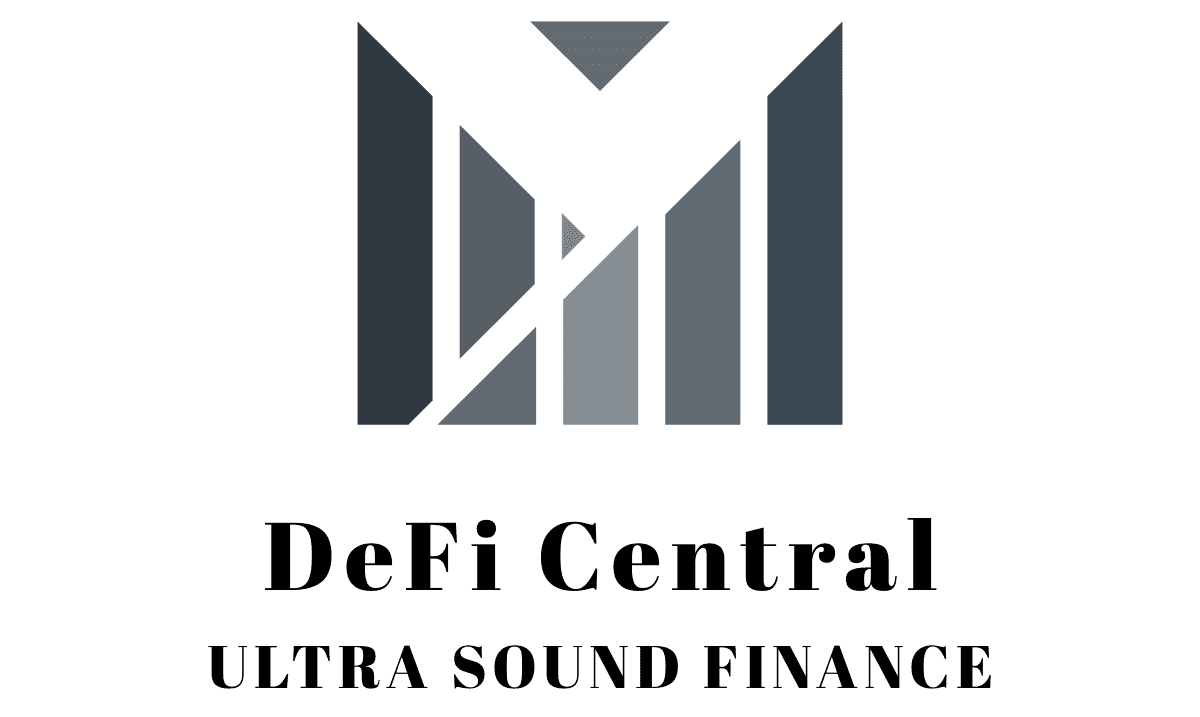Web 3.0 is the next stage of the internet. Let’s take a look at what it is and how it could allow users to regain control from the centralised organisations that dominate the internet and profit from users’ data.
What is Web 1.0?
Before we discuss Web 3.0, it’s necessary to have an understanding of Web 1.0. During the first phase of the internet, users were passive consumers of web content. Using Web 1.0 involved reading rather than creating or writing.
What is Web 2.0?
Web 2.0 involved greater user interaction, socialisation, and collaboration. Users began to create content on social media platforms like YouTube, Facebook, Twitter, and Instagram. However, by creating content, users gave up their sensitive information.
What is Web 3.0?
Originally called the Semantic Web, Web 3 is a more open, autonomous and intelligent internet. It will aim to not only precisely interpret what you input but actually understand it.
It is made possible by decentralised networks, which ensures no single party has control. Web 3.0 offers a new means for people to use the internet without sacrificing their privacy.
There are a few early-stage Web 3 applications (like Apple’s Siri) that already exist but until the new internet is fully established their potential cannot be fully realised.
Web 3.0 will aim to process information with near-human intelligence through the use of AI systems and smart programmes. It will make the internet accessible to everyone, anywhere, at all times with new types of smart devices.
Some people also call Web 3 the Spatial Web as it aims to blur the lines between the physical and virtual through 3D virtual worlds.
Why is it important?
Web 3 aims to solve Web 2.0’s main issue: the control of centralised organisations’ over the internet and their collection of users’ sensitive information. It is open, trustless, and permissionless.
Web 3.0’s network is completely decentralised, so no single organisation has control over it. And, the decentralised apps or dApps that are built on the network are open. This means that no party can limit access to the internet or control the data shared on it.
On Web 3.0, money is native and permissionless, so users will no longer need to rely on traditional financial systems that are linked to governments. Web 3.0 offers instant, global access to money.
The future
As Web 3.0 will be based on decentralised protocols- the foundation of crypto technology- we will likely see a strong relationship between these technologies. It will enable smart contracts to power transactions, file storage and sharing.
There are already a host of Web 3.0 dApps available through which you can trade crypto, and play games. However, until Web 3.0 is fully integrated, its full potential cannot be realised.
Disclaimer: NOT FINANCIAL NOR INVESTMENT ADVICE. Only you are responsible for any capital-related decisions you make and only you are accountable for the results.
